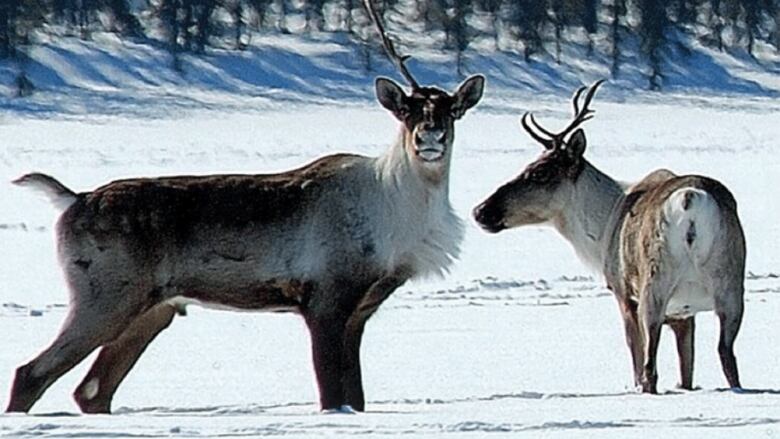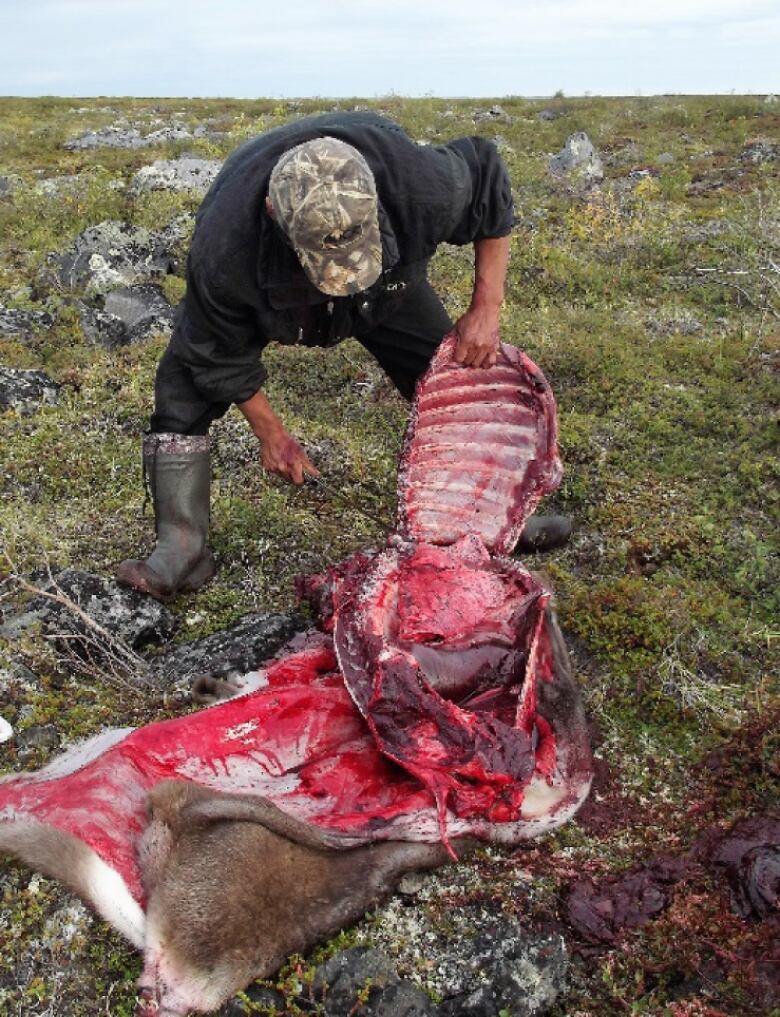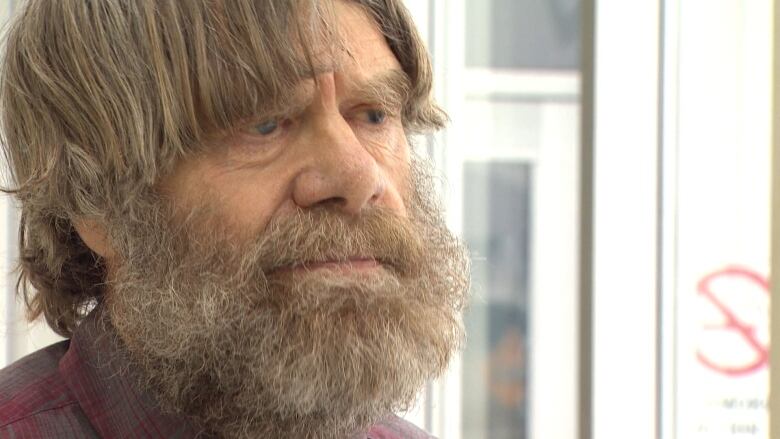Nunavut meetings could seal the fate of Canada's barrenground caribou
Talks will lead to Nunavut's 1st-ever land use plan, including herd and habitat protection

Meetings get underway in Iqaluit today that could determine the fate of the last great North American migratory caribou herds.
The organization working to develop the firstNunavut-wide land use plan is meeting with stakeholders from far and wide to talk about how to protect the herdsand theirhabitat "while facilitating balanced development for the territory."
One critical issue at stake is whether to allow development in the sensitive caribou calving grounds, at a time when the herds are facing serious declines. The herds in questioninclude caribouthat cross borders into the N.W.T., Saskatchewan and Manitoba, returning to Nunavut each summer to have their babies.
The need for a policy was made clear last week, when several people in the N.W.T. first learned that a Nunavut board had allowed Tundra Copper Corp.to conduct exploratory drillingon the calving grounds of the Bluenose East caribou herd.
The news came to light during public hearings in Deline, N.W.T., where First Nations leaders had gathered to talk about how to drastically reduce the hunt from the herd, to avoid running the animals into extinction.

'It just seems really irresponsible'
David Codzi, president of the Ayoni Keh Land Corporation in Colville Lake, was one of many in Deline taken by surprise.

In its defence, the Nunavut Impact Review Board, which allowed the drilling to proceed without a public hearing despite widespread opposition, said a lack of clear policy means the impact assessment process "ends up being a stop gap measure."
"We are hopeful the draft land use plan will offer more clear guidance on caribou protection for all calving and post calving areas," said Ryan Barry, the board's executive director, "because there certainly is disagreement between conservation and development."
Nunavut, N.W.T. gov't united against development
Heading into this week's meetings, both the Nunavutand N.W.T.governmentshave already made their positions clear: they don't want to see any development on the calving grounds.
"The GN does not support any type of activity at any time on critical calving ranges or key access corridors," reads a May 11, 2015 letter to the Nunavut Impact Review Board.
"GNWT supports the Government of Nunavut's position, as stated in its submissions to the Nunavut Land Use Planning Commission that industrial activity of any type should not be permitted in calving areas," according to a May 2015 letter submitted to the Nunavut Impact Review Board.
The GNWT, the letter adds, "concurs with GN's further statement that 'the effects of development cannot be mitigated in these areas.'"
The Nunavut Wildlife Management Board also wantsdevelopment prohibited in the calving grounds, according to an April 29, 2015 letter submitted to the Nunavut Impact Review Board.
"Several organizations, including the NWMB, the Government of Nunavut and Nunavut's three regional wildlife organizations, have all provided the [Nunavut Planning Commission] with written submissions recommending that mining exploration and development in caribou calving grounds be prohibited in the land use plan."
The industry view
But those views may be at odds with the industry perspective.
On Monday,the NWT & Nunavut Chamber Of Mines willdelivera presentationquestioning the rationale behind the calving grounds' boundaries. Its presentation will also focus on mobile caribou protection measures, which it says can allow development to take place without disturbing wildlife.
The chamber will also present an enticing case for mineral development, in a territory facing high poverty and scarce jobs.
Nunavut Tunngavik Inc., the Nunavut land claims organization, will also be present. NTI's Inuit-owned lands many selected for their high mineral potential will also be subject to the land use plan. (NTI has said it won't be able to submit its position on caribou or other issuesuntil May31.)

It suggests protecting caribou calving areas with a special caveat for those areas with high mineral potential. They would receive a "special management area land use designation" that would guide regulatory authorities on how to mitigate impacts.
The outcome of this week's meetings, hosted by the Nunavut Planning Commission, won't be the final word on the issue. The commission plans to hold public hearings in November before publishing its final plan.
'We shouldn't be there'
Observers who work on caribou management in the N.W.T. are hoping to see clear protection for the calving grounds.
"I think calving areas should be protected absolutely protected," says Norman Barichello, a former caribou biologist with the Yukon government who was at the Sahtu meetings last week working with the Dene of Colville Lake.
According to Barichello, allowing any development to take place on the Bluenose East calving grounds is taking a gamble on a herd that many N.W.T. Dene rely on.
"It'll be done for probably short-term prosperity and then what? We shouldn't be there," he says.
"We should really make the decision of whether we want caribou or not and if we want them to stay, I think we should guard against intrusion into these very sensitive areas of their range."
Reach: sara.minogue@cbc.ca
with files from Kate Kyle












_(720p).jpg)


 OFFICIAL HD MUSIC VIDEO.jpg)
.jpg)



























































































